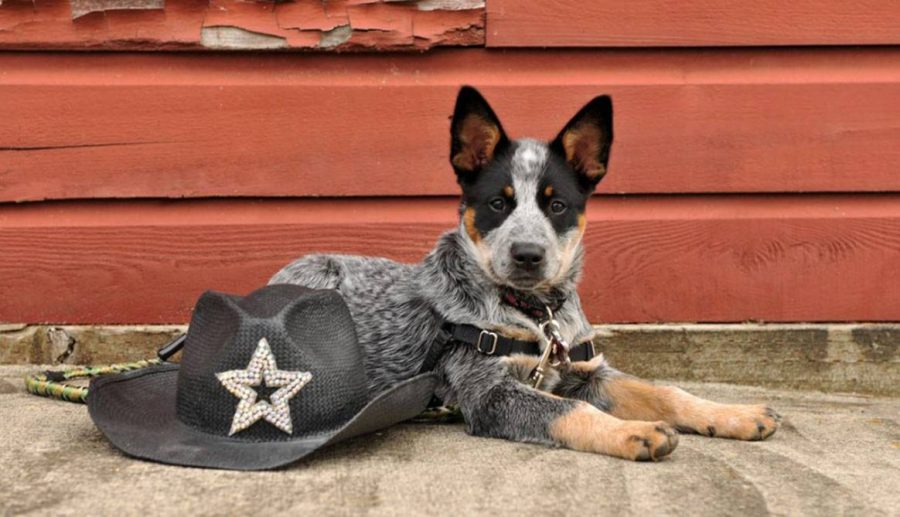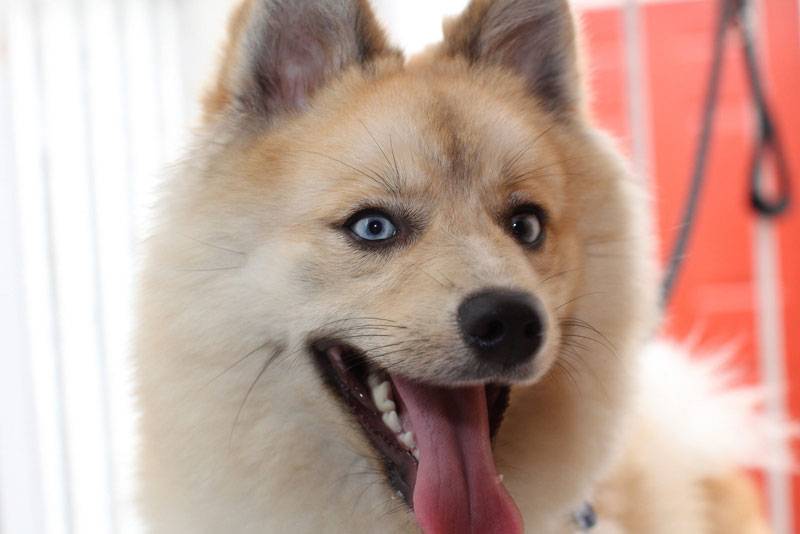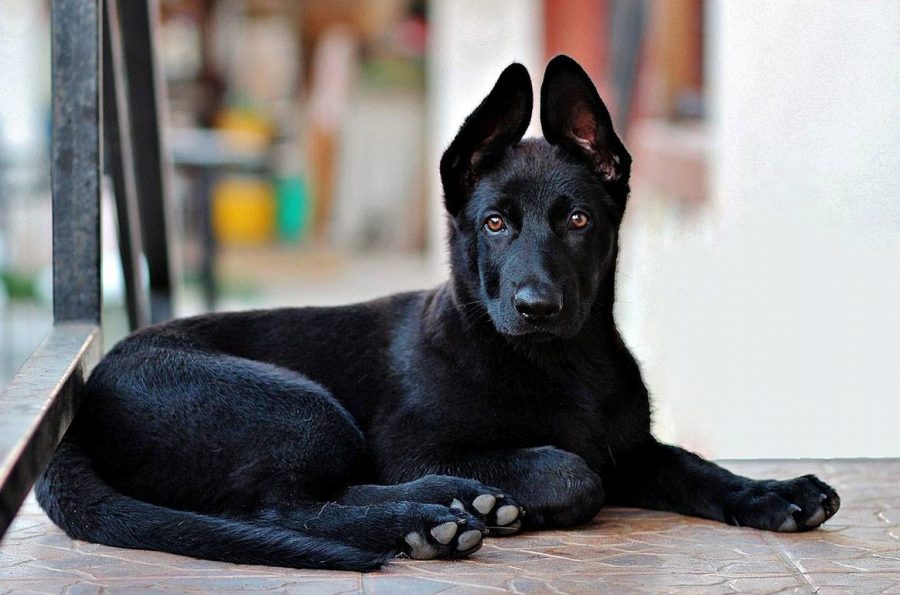Siberian Husky is an active dog, a breed created to run for miles without getting tired. Siberian Husky needs extensive workouts with no leash in a safe area every day. They also love to pull and like cold weather. Their hair needs to be brushed once or twice a week.
HISTORY AND ORIGIN OF SIBERIAN HUSKY
The Siberian Husky is a medium-sized dog of distant Siberian origin. Well proportioned, with a fluid and elegant movement, the Siberian Husky was raised by the Ciukci, an Eskimo tribe, and used it above all to pull the sleds. The Ciukci were true breeders, carefully selecting their dogs according to the attitude to tow, subjecting them to real tests and coupling with each other only the best ones. In this way, they obtained fast but also resistant dogs, not too big nor too small, with a hair neither too short nor too long.
PERSONALITY AND TEMPERAMENT OF SIBERIAN HUSKY
The Siberian Huskies are classic Nordic dogs. They are friendly and intelligent animals, but rather independent and stubborn. Siberian husky is famous for its adorable looks, its beautiful coat. They give the best when they are in the company of a man and need a gentle but firm training from an early age. These dogs are bred for running, and their love for this activity can sometimes exceed that for their owners. Siberian Huskies are usually friendly with people, including children.
In most cases, they get on well with other dogs, especially those with whom they grow up. They have a strong instinct for their prey and can hunt cats and livestock. Especially in the hot season, they can be diggers because they like to create fresh places to rest. As a rule, they do not bark much but howl a lot.
PHYSICAL APPEARANCE OF SIBERIAN HUSKY
Medium in size, they are slightly longer than high. The height varies from 50 to 60 cm and the weight from 20 to 35 kg. If you love Siberian
Their ears are erect, and the eyes are brown or blue or of a different color.
The well-covered tail of fur is carried erect with a sickle curve or sometimes straight back.
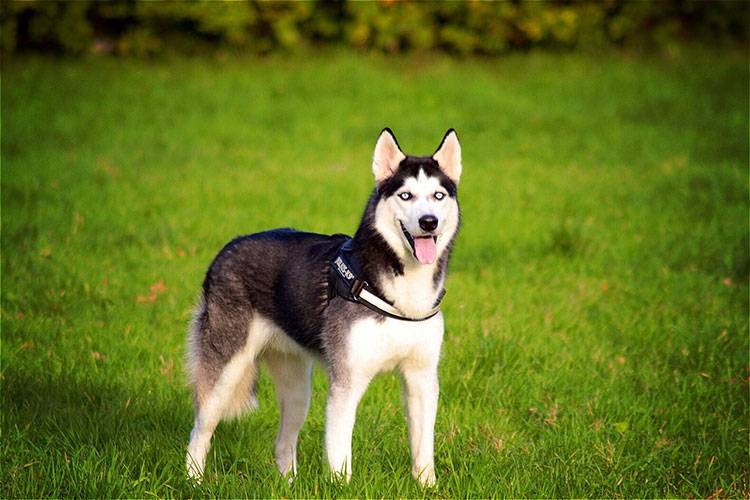
The coat is very dense and rich, with considerable undercoat. Around the neck, there is a small ruff, but the legs and the tail are without long fringes. Colors range from black to white and all intermediate colors. The majority of dogs have white brands, especially on the chest and legs.
Taking Care of Siberian Husky Dog
Siberian Huskies are extremely beautiful when they are puppies, but it is essential to know what to expect when you decide to adopt a Siberian husky puppy. This breed is not the best dog for novice owners; a husky is a somewhat special dog that is much better suited to people who are familiar with the very specific needs of the breed.
It is essential to establish the basic rules, boundaries, and limits for a husky puppy from the first moment. The husky must know that his master is the leader from the start. Otherwise, they will begin to quickly show the more dominant side of their nature, making them harder to control and manage.
It is important not only that the house is puppies-proof before a husky puppy arrives, but also that the garden should be ultra-safe to keep them in because we are bringing a breed of dogs that are escape artists. The fences of the garden must be at least 2 meters high and be anchored deep in the ground. It is proven that the Siberian Huskies are very good at escaping, whether digging or climbing the fence.
It is also important to remove any tools and other garden items from the garden to prevent the puppy from getting injured since when a Siberian Husky puppy plays, they tend to be extremely boisterous and will sweep through the garden like a spinning top.
All puppies like to nibble things, and husky puppies are no exception, on the contrary, they are chewing experts. Therefore, it is essential to ensure that all electrical cables are out of the reach of the dog. This applies to any other item that our little puppy husky chews and can cause injury.
DIET OF SIBERIAN HUSKY
This breed must eat two to three times a day, an amount of food that must be carefully established also based on the physical activity of the dog. It drinks large quantities of water, which therefore must always be available.
GROOMING SIBERIAN HUSKY
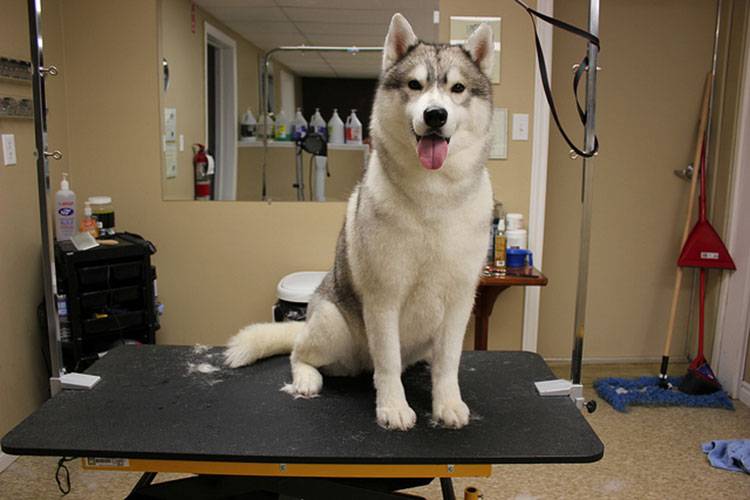
The Husky has much hair: the coat is composed of two layers, and the density is very high. Moreover, the dog belongs to places where temperatures are much below zero for most of the year: that is why they have evolved to have dense fur.
The change of the hair is continuous: throughout the year, in fact, there is a good loss of hair, immediately replaced by the new one.
HEALTH CONCERNS SIBERIAN HUSKY
The Siberian Husky is a strong and resistant dog, usually enjoys excellent health. However, some genetic problems are statistically relevant:
- Hip dysplasia
- Cataract (also juvenile)
- Corneal dystrophy
- Glaucoma
- Progressive retinal atrophy
Husky puppies need to sleep a lot during the day, which means that it is important to establish a quiet area where they can snuggle and nap whenever they want. That said, it should not be too far away because it is important to watch the puppy and know that there is someone and that he is not alone.
The moment a husky puppy arrives at his new home it is important that he is surrounded by the family members and that he stays alone as little as possible, especially during the first week. The reason is that the puppy will surely be alone for the first time in his life without the company of his mother and other puppies.
[su_note note_color=”#ffd366″]Do you love Siberian Husky and Pomeranian both? Here is the best choice for you – Pomeranian-husky mix.[/su_note]
It is also important to establish a routine that includes feeding time, which should be four times a day and when can you take them is out to relieve themselves, as it is an important part of dog training. Husky likes to be clean, so they usually learn quickly where to do their business, as long as they receive proper guidance from the start.
For your health, it is important to keep track of when the puppy should be dewormed. As a guide, the time should be calculated from the last time the breeder did it. From 6 months and up to the year it is advisable to deworm them every two months.
All puppies are ultra-sensitive to loud noises, so it is important to keep the volume of televisions and other devices low. The loud sounds can make a young husky feel anxious and stressed, which is something that should be avoided at all costs, especially because they need to sleep for a long time.

Regular veterinary reviews
Surely a Siberian husky puppy will have received its first vaccination from the breeder, but it is essential to follow the appropriate vaccination period considering that a dog would not be completely protected until two weeks after its last vaccination. A Siberian husky must be vaccinated between 10 and 12 weeks of age.
When it comes to vaccination reinforcements, it is best to discuss them with a veterinarian because there is a great debate about whether a dog needs them after a certain time. It is always advisable to strictly follow the vaccination schedules recommended by the veterinarian.
How we take care of the most adult Siberian Huskies
When a Siberian Husky reaches its golden age, in general, their energy level gets low, although they still like to be busy and some breeds remain playful until their last years.
The more mental stimulation an older dog has, the better his cognitive function will work, although he may not be quick enough to respond to things when he was young.
The passing of age not only affects them physically but can also their character, which often makes them less eager to go for a walk and their appetite also change.
Siberian husky puppy buying guide
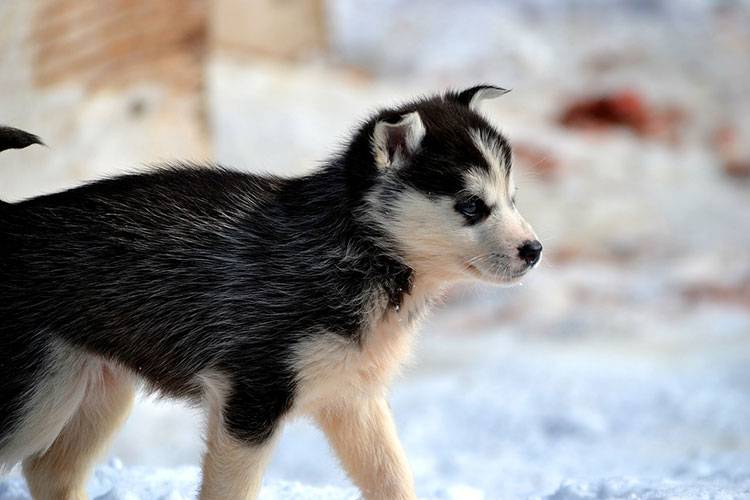
Do you want to buy this dog? Find out how much a Siberian Husky puppy costs. The value of the Siberian Husky depends on the quality of the parents, grandparents, and great-grandparents (whether they are national champions, international champions, etc.). To know how much a puppy of all races costs you can also contact us.
Frequent Asked Questions
Do Siberian Huskies only have blue eyes?
No. The Siberian can also have blue and brown eyes.
Is there a long-haired or a giant variety?
No, the size, which is medium, and the hair that has a thick undercoat and a not long guard coat, of the Siberian Husky are unique.
Do they suffer from the heat?
The Siberian Husky suffers from the heat as much as other rustic breeds such as the German Shepherd. On the contrary, it has advantages compared to the spokes with a short nasal barrel. The dog does not cool the body like us sweating. It does so by rapidly ventilating between the nose and the mouth using the nasal cavities and the tongue like a radiator. It is important to make him a space in the shade and keep the fresh water available.
Do they need to be shorn in the summer?
No, never shear a Nordic dog! There is a risk that the hair will grow back very badly and, above all, the dog will be more exposed to temperature change and sunlight.
How many times do they need to be brushed and washed?
You can brush them two to three times a week with a soft brush. Baths should not be frequent; two to three times a year is fine.
Is it true that they run away?
Yes, they are escape artists, and can run away.
What are the top names for Siberian Husky?
You can find the top 100 Siberian Husky names here.
What things you will need for your new Husky Puppy?
The Siberian Husky is a very curious dog and loves to cover the territory. He also has a strong hunting instinct. He loves to get away, but his intention is to return. There are certain items needed for puppies that best buy in advance of their arrival. This includes the following:
- Food and water bowls preferably ceramic and not plastic or metal
- A necklace and a strap of good quality
- A robust dog bed, keeping in mind that a puppy is likely to chew some of its parts
- A strong park for the puppy to stay in safely
- A dog cage of adequate size and robust, but not so large that the puppy feels lost in it
- Blankets for dogs
- Specific toothpaste for dog and toothbrush
- Cleaning tools
- Do not produce loud or shrill sounds
Picture credits: Pixabay.com


